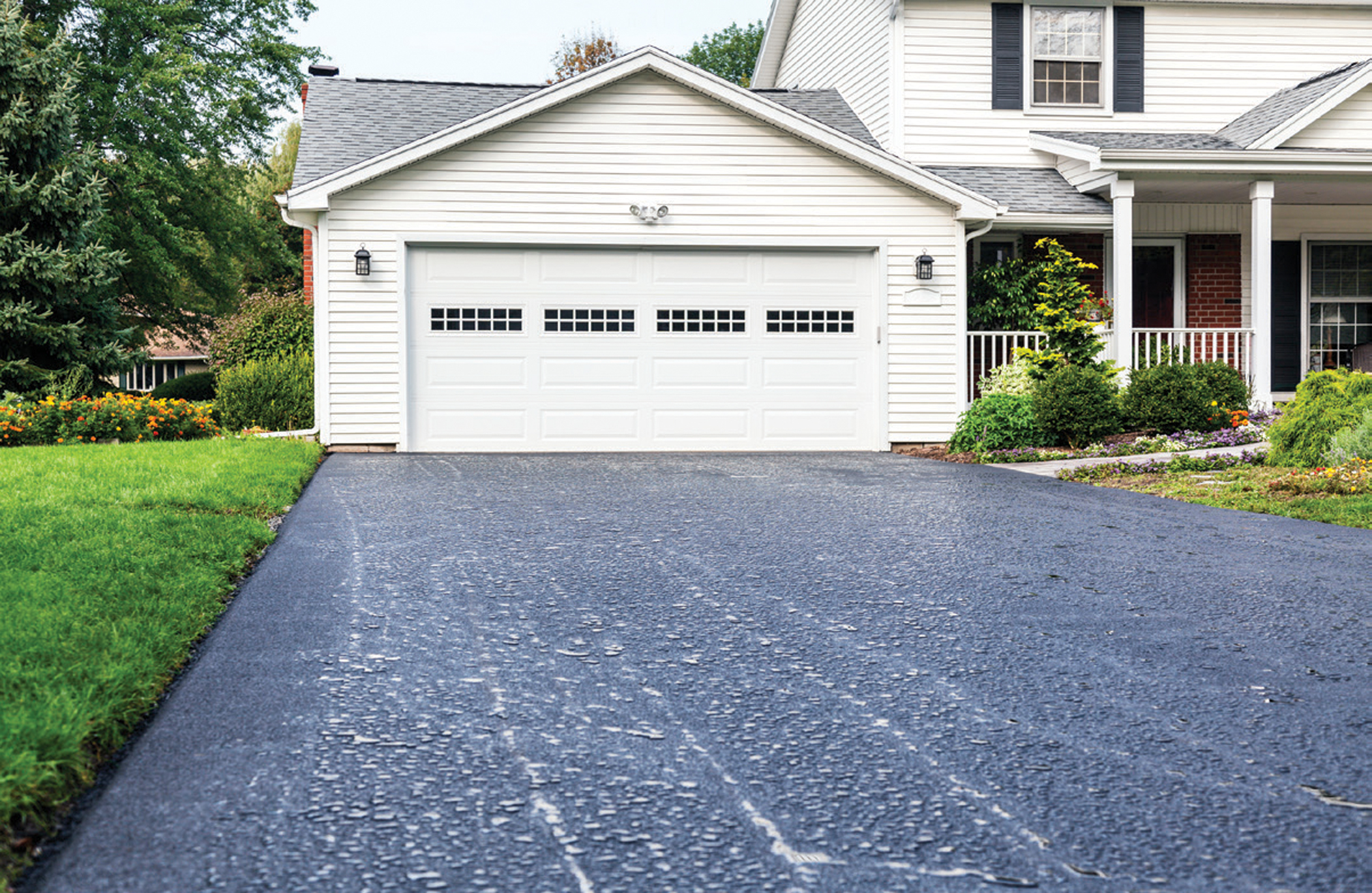Cold Mix Asphalt Vs. Hot Mix Asphalt: Which Is Right for You?

Make-up Differences
Cold mix asphalt is created by emulsifying the asphalt binder with water and an emulsifying representative prior to mixing it with aggregate. The hot mix asphalt manufacturing procedure involves heating the accumulation and asphalt binder independently prior to integrating them at the asphalt plant.
Moreover, cool mix asphalt tends to be much less thick and extra flexible than hot mix asphalt. This flexibility makes it better suited for locations with higher levels of movement, such as driveways or roadways with hefty website traffic. In contrast, warm mix asphalt is understood for its high toughness and resistance to rutting and breaking, making it a recommended option for highways and high-traffic roads where durability is critical.
Setup Refine Variations
The process of installing cool mix and warm mix asphalt exhibits notable differences in their procedures and needs. In contrast, hot mix asphalt requires a more intricate setup procedure. Due to the heating requirements, warm mix asphalt installations are usually lugged out by professionals with customized tools, guaranteeing an extra irreversible and structurally sound result.
Resilience and Longevity Aspects
When taking into consideration asphalt choices, durability and longevity are critical factors to examine for long lasting pavement performance,. Warm mix asphalt (HMA) is understood for its remarkable longevity and long life. The heats throughout the laying and blending procedure enable much better compaction, leading to a denser and stronger sidewalk framework. This leads to HMA being more immune to rush hour loads, rough weather, and the results old compared to cool mix asphalt (CMA)
In regards to longevity, HMA typically exceeds CMA because of its premium toughness and resistance residential properties. HMA sidewalks have a longer life span, needing much less constant repair work and maintenance, which can convert to cost savings in the future. Furthermore, HMA pavements read this article are a lot more conveniently adjustable to satisfy details project needs, even more enhancing their resilience.
Cost Considerations
Taking into consideration the monetary ramifications is a vital aspect when evaluating the option in between warm mix asphalt (HMA) and cool mix asphalt (CMA) for pavement jobs. While the first expense of warm mix asphalt is commonly greater than that of cold mix asphalt, HMA frequently supplies a more economical remedy in the long run as a result of its superior durability and long life. HMA is understood for its ability to withstand rush hour lots and harsh climate condition, decreasing the requirement for regular fixings and maintenance. On the various other hand, cold mix asphalt is a lot more budget friendly upfront however may require more regular patching and resurfacing, bring about greater maintenance expenses in time.
In addition to product prices, it's important to consider the costs connected with installation and maintenance when contrasting HMA and CMA. Eventually, the decision between HMA and CMA need to take right into account not just the first price yet likewise the long-lasting monetary effects to identify the most cost-efficient option for the details sidewalk project.
Environmental Impact Contrast
Contrast of the ecological impacts visit between hot mix asphalt (HMA) and chilly mix asphalt (CMA) reveals distinctive differences in sustainability methods. HMA production needs high temperature levels, resulting in raised power intake and greenhouse gas exhausts. The procedure also releases unpredictable natural compounds (VOCs) and hazardous air contaminants (HAPs) into the atmosphere. In contrast, CMA is created and applied at lower temperature levels, lowering power use and discharges substantially. The lower manufacturing temperature levels of CMA cause lowered fuel intake and reduced levels of carbon dioxide discharges, making it a much more eco-friendly alternative.
Furthermore, making use of CMA frequently involves reusing existing asphalt sidewalk, advertising source preservation and minimizing the quantity of waste sent to land fills. This reusing element additionally boosts the sustainability of CMA contrasted to HMA. Generally, when considering the ecological influence, CMA arises as an extra ecologically sustainable choice because of its reduced energy demands, reduced emissions, this post and the potential for reusing existing materials. By choosing CMA over HMA, road building and construction projects can add favorably to ecological conservation initiatives.
Verdict
In verdict, the option between chilly mix asphalt (CMA) and warm mix asphalt (HMA) depends on various elements such as make-up, installation process, sturdiness, longevity, price, and ecological impact. asphalt patch repair. While CMA provides a cost-efficient and quick option for small fixings, HMA ensures premium sturdiness and long life for rush hour locations. Consider these variables very carefully to figure out which kind of asphalt is the appropriate selection for your paving requires

Considering the economic effects is a crucial facet when evaluating the selection between hot mix asphalt (HMA) and cold mix asphalt (CMA) for sidewalk projects. While the initial cost of warm mix asphalt is usually higher than that of cold mix asphalt, HMA typically offers an extra cost-effective option in the long run due to its premium longevity and durability. asphalt patch repair.Contrast of the ecological impacts between warm mix asphalt (HMA) and cool mix asphalt (CMA) exposes distinctive differences in sustainability practices.In conclusion, the option in between cold mix asphalt (CMA) and hot mix asphalt (HMA) depends on numerous factors such as composition, installation procedure, sturdiness, longevity, price, and ecological effect
Comments on “Safeguard Surface Areas with Specialist Asphalt Sealing: Cold Mix Fundamentals”